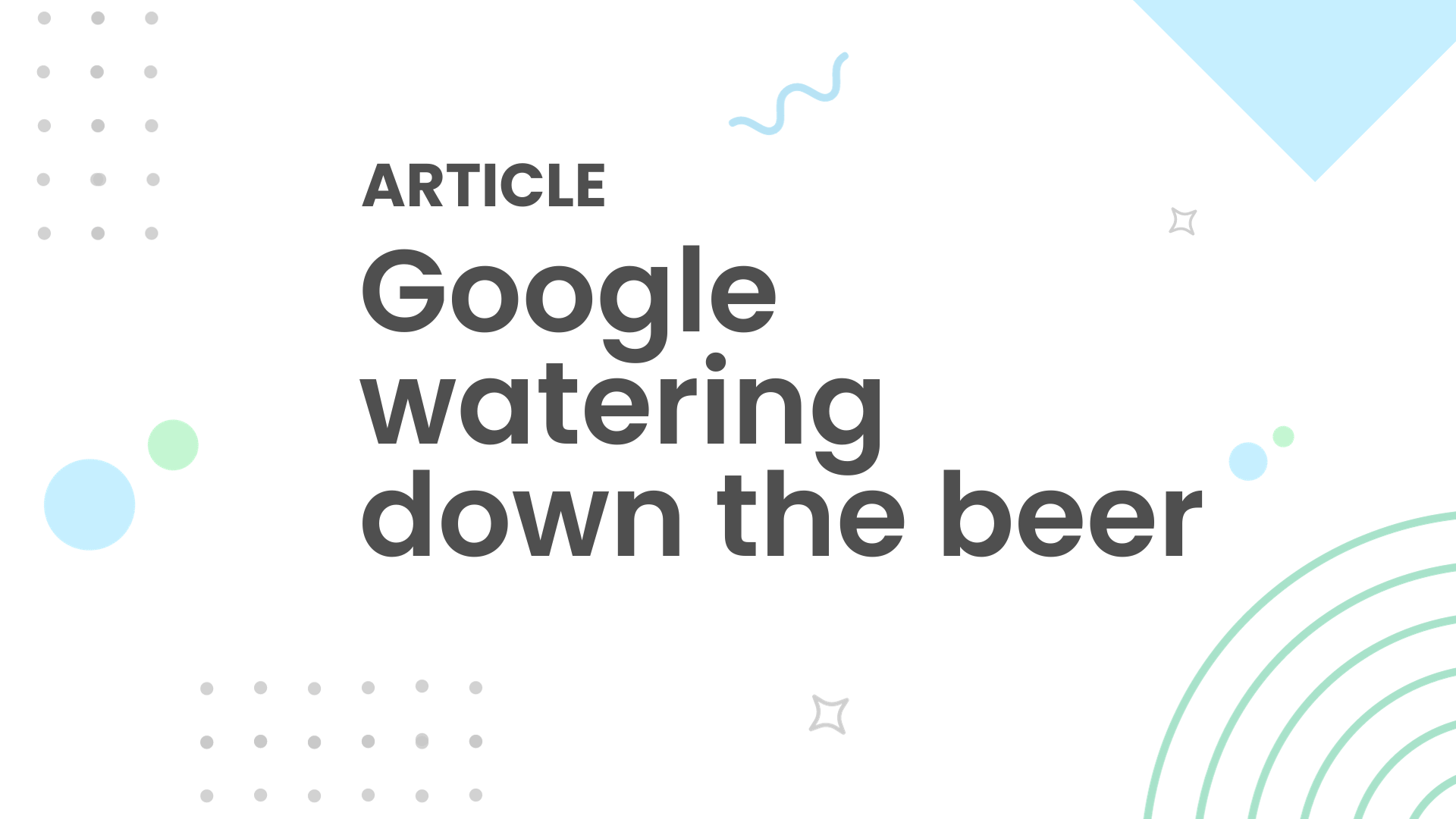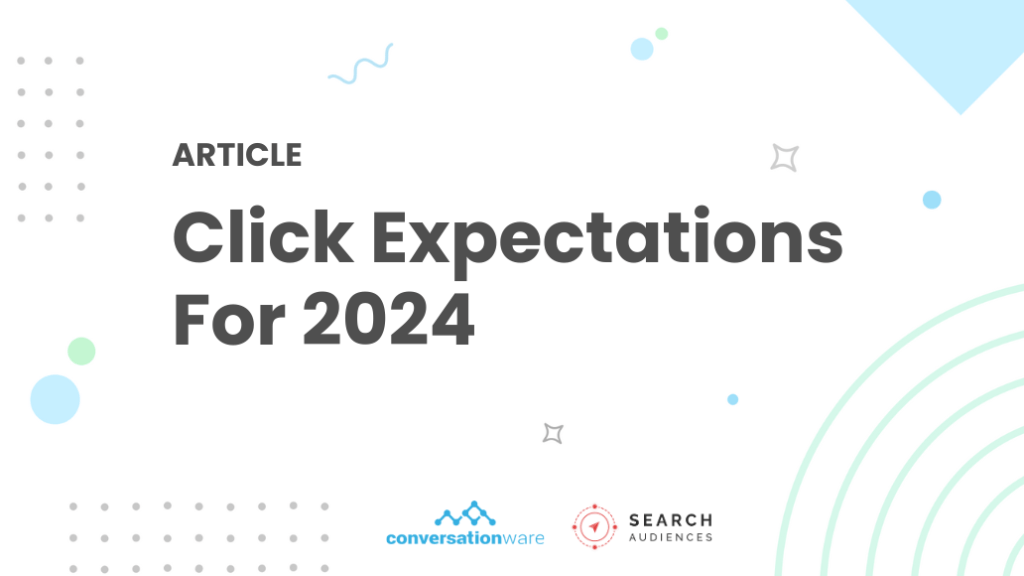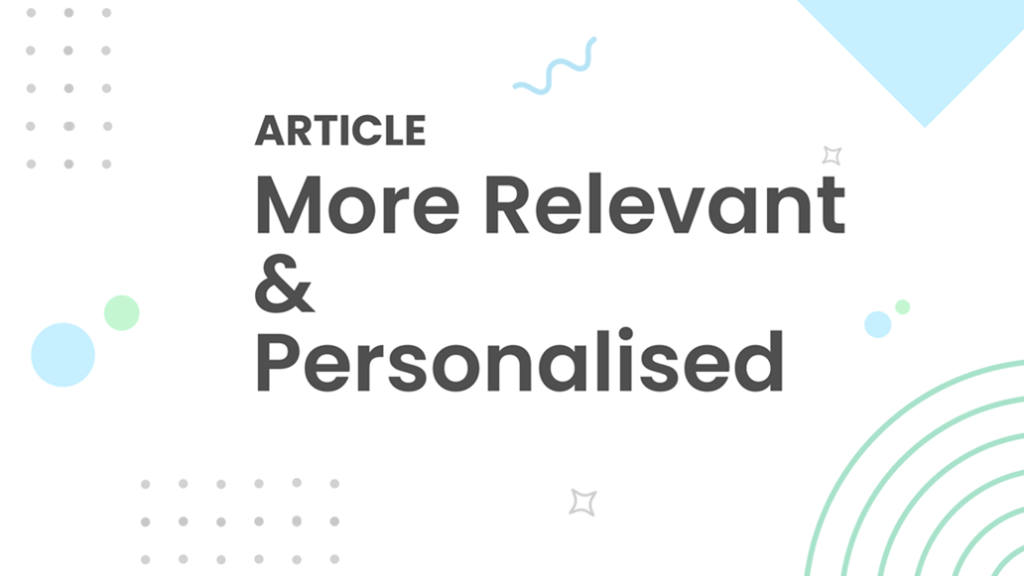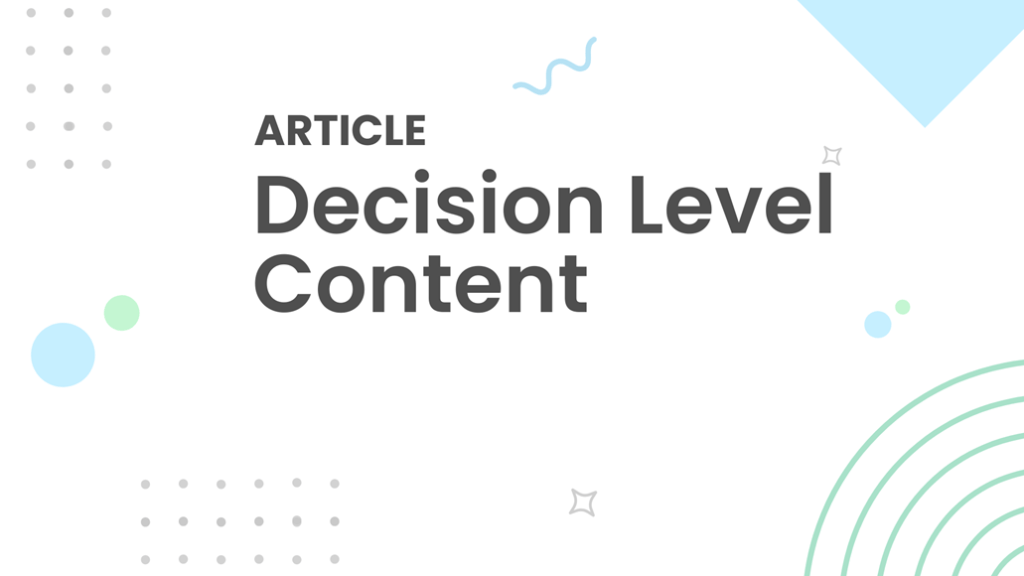
Counter Google Shenanigans with Website Experience.
Google are in court this week. Big revenue target pressure has seen their ads team extracting more money from customers with less transparency than ever.
They admit to fiddling with ad bids and auctions, adding 5 to 10% to minimum click costs. Click costs are the least big problem.
Nothing much has been revealed in a trial held largely in secret. So, I wanted to share their smoke and mirror activity.
What have they done, and what can we do?
What follows is my best shot at explaining a clever transformation in Google Ads (for our professional services clients). And then, knowing the problems, there is a list of what we can do.
Hint: It will involve improving the ‘website customer experience’ (for all visitors); it should also work for ads, SEO and other clicks.
Search is still an incredibly valuable invention, and it still works. As some enlightened clients say, it’s the same for everybody.
But first, the nature of changes. There are three related issues.
Adding water to the beer
The vast majority of searches don’t attract ad clicks. Google calls that their click inventory.
As Google Ads practitioners, we previously siphoned off the highly valuable commercial clicks and left others. Google want us to advertise to more of their click inventory, and I can see their point.
They changed their ad systems.
No longer can we select single keywords to target drip by drip. The click streams are often now fully on by default. Watering down our beer.
We can still negate and turn off words one keyword drip at a time. We have been muttering and whinging about it ever since. Turning the flow down is bloody time-consuming. But there are a couple more issues.
Ads were made worse
Averaging and hiding things extends to ads as well as their analytics. Our ability to measure was reduced by them randomising ad text elements.
Sold as Ai ads – it looks random, but if one set of ads performs too well, it reduces the ability for competition bids to raise the click prices. Why else would they make ads worse performing?
For that matter, is it an actual auction if Google is bidding against itself? It’s all a bit nuts, like the emperor’s clothes. Whatever, the extreme value of search ads is being watered down a little with each element.
But the real change is in the buckets of words we can bid on.
Bucketising of words, the hidden problem
I doubt the court will see this one.
We ask for keywords in the ads platform, but the clicks we actually get are for various related search terms – Google chooses which.
Keywords are becoming more ambiguous, and the buckets are bigger. An ad guy described it as sawdust in the sausage. Hidden clicks we didn’t ask for. But ambiguity is a more subtle problem.
Sometimes, we ask for a specific, only to be served (loosely defined) with other words in the general category. Examples only,
- ‘Childcare’ as well as ‘nursery’
- ‘Property solicitors’ as well as ‘ILA solicitors’
- ‘Dentists’ as well as ‘cosmetic dentists’
- ‘Glazing’ as well as ‘double glazing’
People do multiple searches; it is re-searching. Advertising costs will increase because we get more of these earlier-stage category research word clicks. The potential onward journey for a category researcher is a much longer string of multiple clicks. Mana for Google.
The above words can look similar to those who don’t care about returns on spending. But billions of clicks of inventory suddenly come into play.
Fluffier words target a wider earlier group of needs.
The lack of specificity and the ambiguity in the extra clicks that might break product market fit is a slightly different problem. It explains why ads now are fluffier, to meet the fluffier topic clicks.
Pages must change to handle this different type of click. So might the product range, depending on keyword product market fit.
The ability to target short-sales cycle high-intent niche search terms is also smudged. Niche words representing personas increase click value, and those can disappear into the bucket unless we empty it one drip at a time.
The double win for Google is from including more words than we want and folding the high-value intent words into bidding like raisins in a cake. We can’t order the raisins, but we can pick them out.
Not illegal let’s make that clear.
Worsening the experience for their clients, the search engine users and me – it might see them shoot themselves in the foot. But it is their game. The rules have changed, and we have to improve what we do.
But pause here for thought.
Are these extra clicks really without value? Can we describe our website visitors as ‘sawdust’? It doesn’t sound wise. After all, these words already show up in our SEO campaigns and data.
How to combat click costs: the search for value:
Website Customer Experience
Are we doing our best for our existing website visitors?
No. That is the short answer. It’s hard to see what’s going on, and hard to understand visitors in rows of words in spreadsheets, obscured by Google and SEO software that misses the point.
The new clicks we are getting will be different intent, and they will need different content. Searchers ignore anything they weren’t looking for at first. And answering the digital phone when visitors call is courteous (and profitable).
We have at least to match all these extra searches with page content. Performance is driven largely by saying the right thing at the right time.
Improve website customer experience.
In most cases, the cost increase per click is covered by website experience gains, both the conversion rate and number of new conversations.
But how?
Websites are built inside out.
It is often outbound messaging on an inbound platform. We don’t build sites around visitors enough. Here are some options.
In future articles, we go into more detail about each of these points below.
How to raise the website conversion rate
Here is the list of topics to help combat click costs
- Increasing site speed raises the conversion rate by a lot
- Good design can double conversion, halving the price
- Reorganising content around the visitor interest improves conversion
- Building for mobile visitors will raise the conversion rate
- Content for niches raises the conversion rate
- Personalised genius messaging raises the conversion rate
- Negating words diligently will raise the conversion rate
- Learning about ambiguity will raise the conversion rate
- Content for the buyer’s decision journey will win
By far and away, the most profitable action will be improving the website customer experience by listening more closely and figuring out the journey. Testing it.
Website visitors start the conversation.
They give us their search terms; we must listen, understand, and respond with content.
Understanding the audience segments and adapting the journey for each. Personalisation and concierge-level service are easier once you see the whole audience. You can predict what’s needed.
Often, there are gaps you can’t see.
More/better content
More content will help mid-stage visitors get closer to their destination. Help them with clicks on our sites instead of leaving them to go back to Google.
Adding missing content will also improve SEO by an awful lot.
Because SEO clicks are free of individual cost and can’t be measured very well, the practice is to try and get more. But higher volume words are worse performing, even earlier in the journey. They take even more content to support them. Leave volume phrases until later. Let’s do better for what we have already.
At the very least, can we put the words searchers use on a page? There are quite a lot.
Perfect projects
Many clients with more content have been insulated from this so far. They are busy building a visitor inclusivity moat.
A regular production of well-designed content to serve visitors and their interests. There are unlimited clicks available for this type of project.
It takes a thoughtful, knowledgeable, enthusiastic and driven team. Humbly, we’d like to help your team with ours. Extract your data, map your audiences and start organising the site.
Want to read more articles like this?

Matt Lambert
Website Marketing Strategist | Turning Keywords into Audiences.
Uncovering search audiences and clarifying what people are looking for. Talks about #websitedesign, #contentstrategy, #searchmarketing, #websitemarketing, and #digitalamarketing







